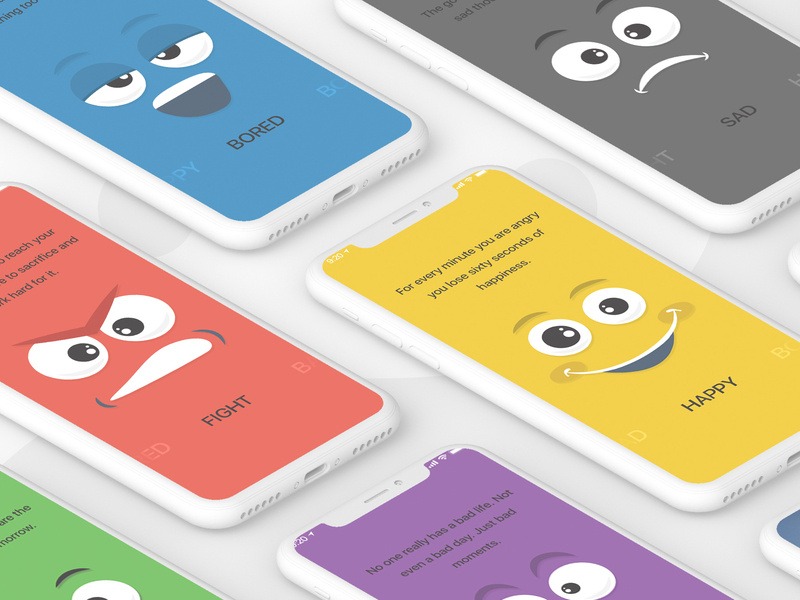The Psychology of color in marketing & branding is the most amazing things that very few people know except those who are working with brand building, also these things is most controversial in marketing aspects.
The psychology of color: our misunderstanding
As survey says, it’s likely by mass people preference, experiences, caring of choice, differences of various culture as well as region, and the influence of color is convinced us like our parents does. So the intention that every color bring or recall a feeling, memory, or image to the conscious mind also grow some strong hyper emotion about this.
But there’s still lots of things that we can consider & learning that how to use the color in the marketing practically, as we know it’s not too easy to use right color for our brand, because the color is not only for make it colorful or gorgeous from others, it’s totally related with our targeted customer, so we also might be find out the pulse of color senses.

The significance of colors in branding
As we know, building a brand is not so easy like people think, but the most problematic issues are the perception of color for the brand. But the real truth is that color is too contingent on people own experiences to be worldwide converted to certain feelings. There are, however, large messaging patterns to be found in color cognizance.
A research said that by this title “Impact of color on marketing,” they found that up to 90% of snap understanding made about products can be based on color alone, contingent on the product. Concerning the role that color plays in branding, some information from another journal says that the connection between brands and color depends on discern suitable for the color being used for the specific brand.
Research also said that consumer purchasing intention is mostly influenced by colors because of their outcome on how a brand is recognized; colors affected how customers perception of the “personality” of the brand in question.
“Impact of color on marketing,” they found that up to 90% of snap understanding made about products can be based on color alone, contingent on the product.
Another analysis have posted that our brains mostly prefer instantly recognizable brands, which is makes color a vital element when build a brand personality with identity. A survey mostly prefer it’s a turning point for new born brands to select colors that make differentiation from entrenched competitors personally, I think by choosing a right color for the brand is going to make a huge difference as well as a strong position in the market.
So when we are going to publish our brand, we have published a brand color for everyone, because once we established it then consumer pick that color & store it in their mind for future reorganization like Coca-Cola.
Color also play a vital role in the process of buying products or service through people emotion, emotion is the power of everything. Famous Psychologist & Stanford professor Jennifer Aaker has studies about color & her Journal titled “Dimensions of Brand Personality” she find out five important core dimensions which is play a vital role in a brand’s personality.

Actually there are no specific guidelines for selecting your brand’s colors. “It depends” is a disappointment type’s answer, but it’s the universal truth. However, the surroundings you’re working within is a compulsory contemplation. That is the feeling, mood of buying, & good image that your brand or product creates that matters.
Men and women Color trends
There is an amazing examinations of this studies is Joe Hallock’s research on “Color Assignment”. Hallock’s data exhibit some very clear predilection in certain colors according gender (most of his respondents were from Western societies). The most interesting points in his images are the ascendancy of blue across both genders and the imbalance between groups on purple.
Here were Hallock’s findings:

Another research in topic on color perception & color preferences said that when it comes to shades, tints, and hues, men generally like bold colors while women like softer colors. Also, men were more likely to prefer shades of colors as their favorites (colors with black added), whereas women are more receptive to tints of colors (colors with white added).
However this is a widely controversial issue in color theory, I’ve never get that why!
Note: some information is collected from various online article, blog & case study, also photo was taken from web.
 Shahriar Neel
Shahriar Neel
Brand Marketing Personal | Content Marketer | Creative Writer | Storyteller





